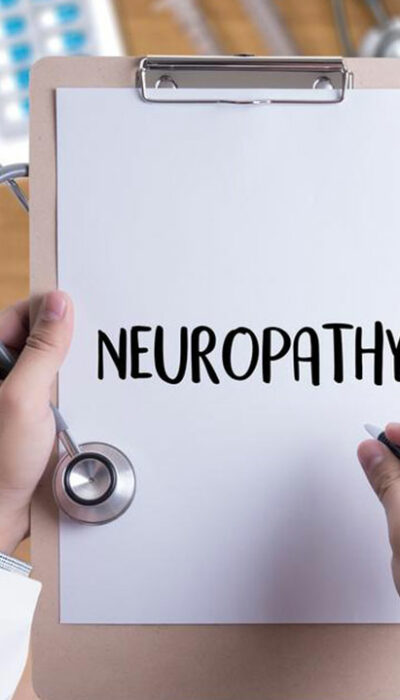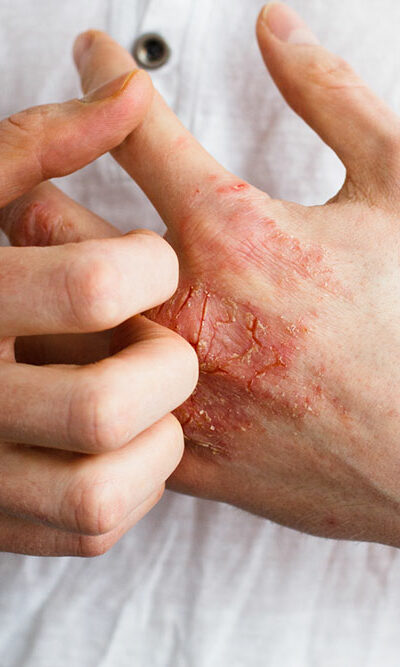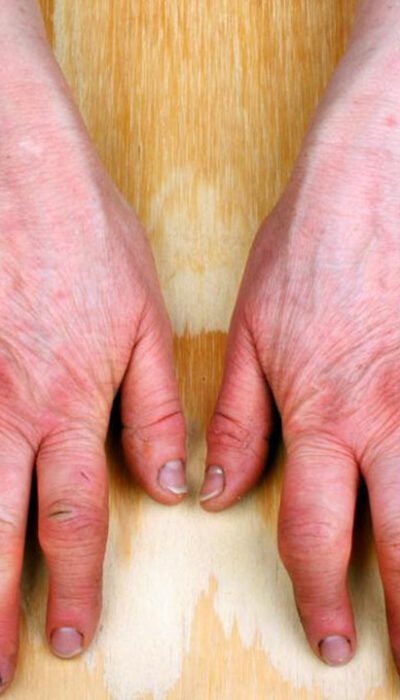
Causes and Treatments of Bladder Infections
Around 45% to 50% of people experience bladder infections also known as cystitis at least once in their life. It occurs when E. coli bacteria or Escherichia coli enters the urethra, urinary tract, ureters, or kidney and causes an infection. Consequently, inflammation takes place in the internal bladder lining. This infection is pretty common among women compared to men. There are effective options for bladder infections treatment. The following sections will provide a brief overview of the most effective and popular bladder infections treatment options. Leading causes of bladder infections The primary reason behind this condition is the entry of the bacteria into the urethra and bladder. The urethra is the organ responsible for taking out urine of your body through the vagina. When E. coli enters the bladder, it stays in the bladder lining and sometimes, moves into the kidneys to cause kidney infection. If you have frequent sexual intercourse, you may become vulnerable to a bladder infection. One increases their chance of suffering from bladder infections when they have sex with a new partner. Moreover, you can also get afflicted with bladder infection if you delay urination after intercourse. Other common causes include diabetes and unusual urinary system changes. How do you know if you have a bladder infection? The most common symptoms of a bladder infection are cloudy urine, an unwanted smell in the urine, lower abdomen discomforts, pain or a burning sensation while urinating, frequent urge to urinate, passing limited quantities of urine, and blood in the urine. If you have a kidney infection, you may show these symptoms and may also show signs such as back pain, groin pain, vomiting, and fever. Doctors will analyze the symptoms prior to diagnosing bladder infection and will perform a urinalysis before arriving at a conclusion. Urinalysis refers to a urine test that checks the availability of white blood cells in the urine.










